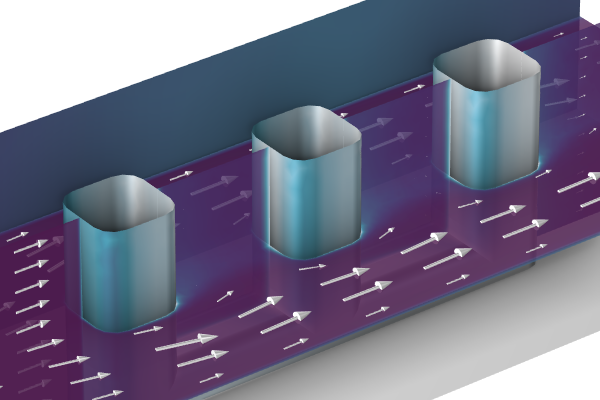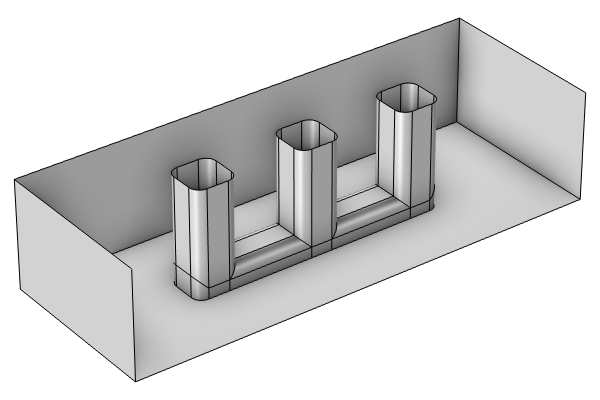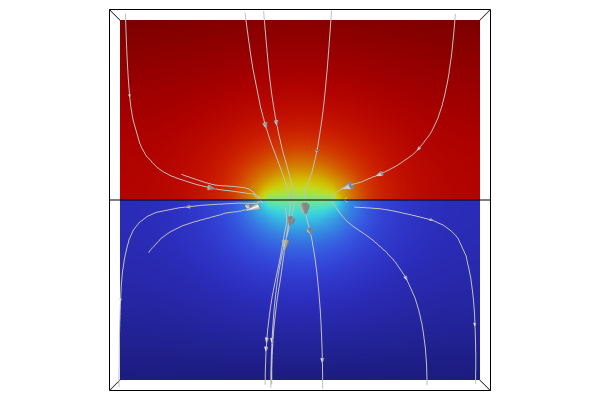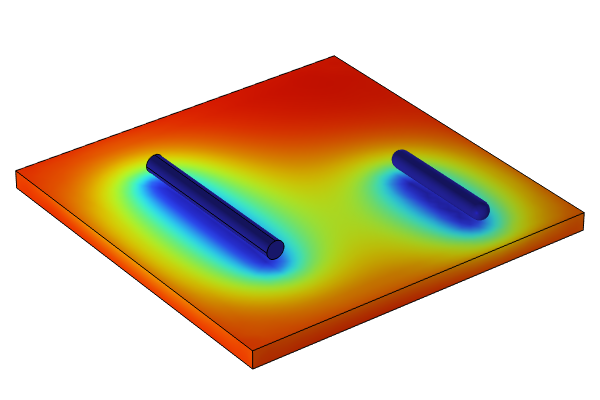Boundary Conditions, Polarization Curves, and Material Library
In Part 2 of this course on corrosion modeling using COMSOL Multiphysics and the add-on Corrosion Module, we cover important concepts in electrochemical boundary conditions and polarization curves, as well as the use of the Corrosion material library in the Corrosion Module.
Boundary conditions in electrochemistry usually refer to the reactions at metal surfaces, which are defined through kinetic expressions. You can define the electrode kinetics through predefined equations, such as Butler–Volmer and Tafel; user-defined equations; or polarization curves from the material library. The Corrosion Module expands the material library in the software by including many additional types of materials and their respective properties for modeling corrosion. This includes equilibrium potentials and polarization data (local current density vs. electrode potential) for various metals and alloys in electrolytes.
The tutorial demonstrates applying these materials in a cathodic protection model, emphasizing the importance of reference electrode settings and showing how to streamline setup using predefined material data for accurate corrosion simulations. Follow along by downloading the attached model file.
Envoyer des commentaires sur cette page ou contacter le support ici.






